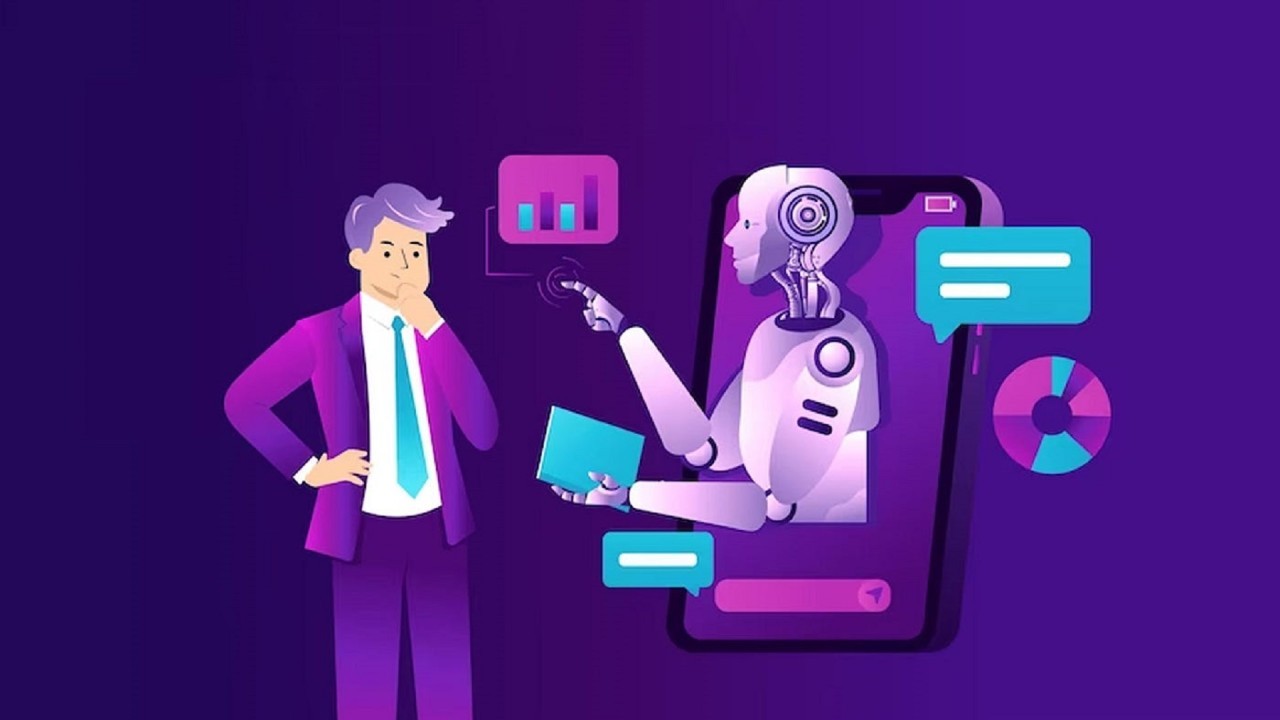
Workforce Optimization in AI-Powered Customer Service
Introduction
With the changing trends of business landscape, workforce optimization (WFO) is, however, important for seamless customer service. Companies are adopting AI-based solutions to boost efficiency, reduce repetitive tasks and increase customer experience. By harnessing AI-based tools, like AI chatbot customer service, businesses can enhance the customer journey, and enhance the bottom line by reducing operational expenditure, along with improved workforce efficiency.
Understanding Workforce Optimization in Customer Service
Workforce Optimization (WFO) is a strategic approach to enhance employee productivity, customer experience, and resource allocation. In customer service, WFO includes:
- Staffing & Scheduling: Ensuring the right number of agents are available at peak times.
- Performance Management: Tracking agent efficiency and customer satisfaction metrics.
- Automation & AI Integration: Reducing repetitive tasks through AI-powered tools.
Challenges in Workforce Optimization
- Longer wait times due to high customer demand.
- Under-staffing or staffing not in alignment with workload & overworked employees
- Different levels of customer service on different platforms.
The Role of AI in Workforce Optimization
AI has transformed workforce optimization by automating customer interactions and providing data-driven insights. Businesses are increasingly using:
- AI-powered chatbots to handle routine inquiries, reducing agent workload.
- Workflow automation software to streamline customer service tasks.
- Omnichannel customer service solutions that provide seamless support across multiple platforms.
Key Benefits of AI-Driven Workforce Optimization
- Improved Efficiency: AI chatbots manage repetitive queries, allowing human agents to focus on complex issues.
- Enhanced Customer Satisfaction: Faster response times lead to better user experiences.
- Cost Reduction: AI-powered automation lowers the need for excessive human resources.
- Data-Driven Decisions: AI analyzes customer behavior, helping businesses refine service strategies.
Best Practices for Implementing AI in Workforce Optimization
To successfully integrate AI in workforce optimization:
- Choose the Right AI Chatbot Services: Ensure the chatbot aligns with business needs.
- Integrate AI with Workforce Management Systems: Combine automation tools with existing HR software.
- Train Teams for AI Collaboration: Employees should understand how to work alongside AI-driven systems.
Real-World Applications & Case Studies
Several businesses have successfully leveraged AI to optimize workforce management:
- E-commerce companies use chatbots to handle product inquiries, reducing support tickets.
- Telecom providers utilize AI-powered automation to resolve common technical issues.
- Financial institutions employ AI chatbots for fraud detection and customer support.
Future Trends in Workforce Optimization & AI
The future of AI in workforce optimization includes:
- Predictive AI models for forecasting customer service needs.
- AI-powered workforce analytics to improve decision-making.
- Enhanced chatbot capabilities for more natural, human-like interactions.
Conclusion
AI-powered workforce optimization is revolutionizing customer service by increasing efficiency, reducing costs, and improving customer experiences. Businesses that adopt AI-driven solutions can optimize resource allocation and stay ahead in the competitive landscape.
Q&A Section
Q1: How does AI improve workforce optimization in customer service? AI automates repetitive tasks, analyzes customer interactions, and provides insights to enhance workforce efficiency.
Q2: What are the key AI tools used for workforce management? Common AI tools include AI chatbot customer service, workflow automation software, and predictive analytics platforms.
Q3: Can AI replace human customer service teams completely? No, AI enhances efficiency but human agents are still essential for handling complex interactions and personalized customer experiences.
Q4: What industries benefit the most from AI-driven workforce optimization? Industries like e-commerce, telecom, banking, and healthcare benefit greatly from AI-powered workforce solutions.